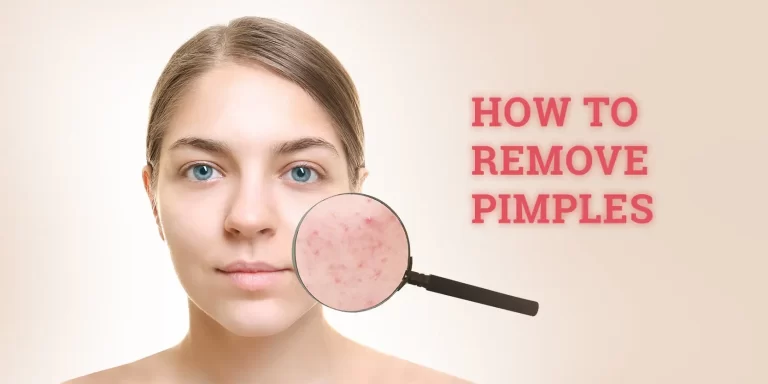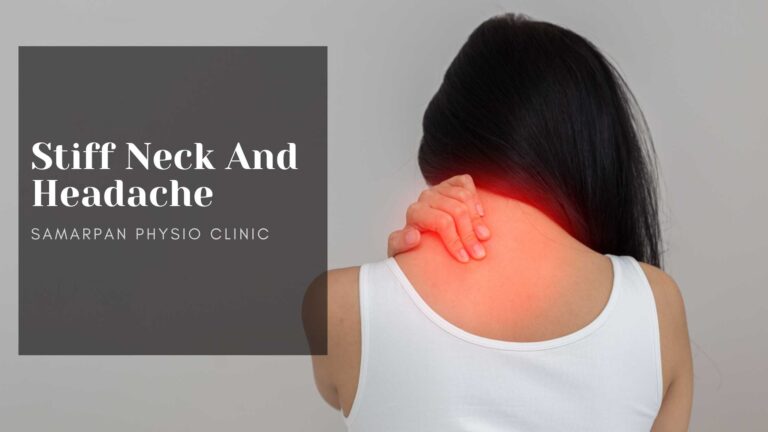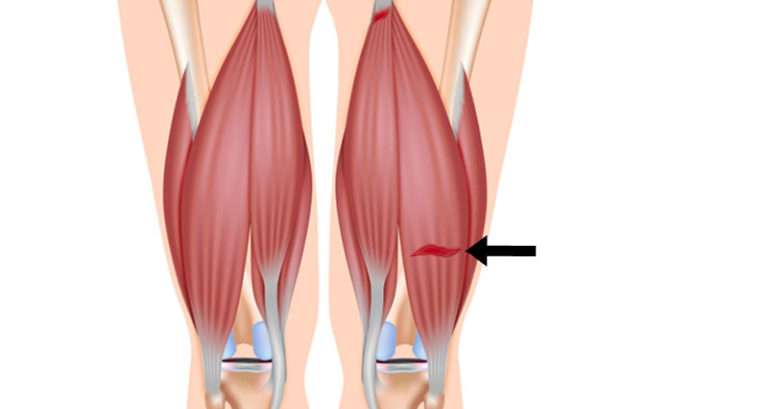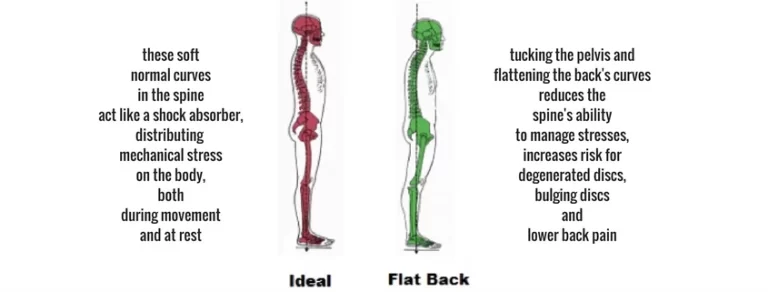Cluster Headache
What is a Cluster Headache?
Cluster headaches are characterized by a string of brief yet excruciating headaches that occur daily for weeks or months at a time. They usually show up at the same time of year, like spring or autumn. As a result, cluster headaches are frequently misdiagnosed as allergies or work-related stress.
Experts are unsure of the exact reason, but severe pain is felt around one of your eyes due to the involvement of a facial nerve. Most individuals find it so severe that they are unable to sit still and frequently pace while under attack. Although they often persist shorter than migraines, cluster headaches can be more intense.
With less than one headache per 1,000 persons, these are the least frequent forms of headaches. More men than women experience them.
Usually, they begin to appear before the age of thirty. Cluster headaches sometimes go gone entirely for months or years (a condition known as going into remission), but they can also return at any time.
Causes
Physicians are unsure of the precise etiology of cluster headaches. They appear to be connected to the body’s unexpected release of either serotonin, a neurotransmitter produced by nerve cells, or histamine, a substance released during an allergic reaction, adjacent to the facial nerve known as the trigeminal nerve. There might be an issue with the hypothalamus, a tiny region near the base of the brain.
Men are impacted more than women. Although they can happen at any age, headaches are most frequently experienced in their 20s and 30s. Usually, they run in families……
Hypothalamus
Cluster headaches may be triggered by:
- Alcohol and cigarette smoking
- High altitudes (trekking and air travel)
- Bright light (including sunlight)
- Exertion (physical activity)
- Heat (hot weather or hot baths)
- Nitrite-rich foods (bacon and preserved meats)
- Certain medicines
- Cocaine
Characteristics of Cluster Headaches
This kind of headache is distinct for a few reasons. Among them are:
- Quickness. Cluster headaches often peak in intensity in five to ten minutes.
- Anguish. Almost usually, it is on one side of your head, and it remains there for a while, while you are experiencing daily episodes. (It is possible, although uncommon, for the headache to shift to the other side as a new headache period begins.) It’s frequently compared to a piercing or burning. It might be continuous or throbbing. It will be felt around or behind one eye. On that side, it might expand to your cheek, forehead, nose, temple, or upper mouth. There’s a chance your scalp is sensitive. Your blood pulsates, and you may feel it regularly.
- Short in duration. Typically, cluster headaches last 30 to 90 minutes. They last anywhere from fifteen minutes to three hours, after which they vanish. One to three of these headaches will likely occur each day. Some get them as often as eight a day, while others get as little as one every other day.
- Certain. Your body’s 24-hour clock, known as the circadian rhythm, appears to be connected to attacks. They are so frequent, usually occurring at the same time every day, that they have earned the moniker “alarm clock headaches.” Even an hour or two afterward you go to bed, they could wake you up. As opposed to daylight assaults, nighttime ones may be more serious.
- Regular. Most people will experience daily headaches for two to three months; within this time, they will experience at least two weeks without any discomfort.
Triggers
Either of these can give you a headache while you’re having an unpleasant day:
- Cigarette smoke
- Alcohol
- Strong smells
- Change to a high altitude
- Bright light
- Exercise or exertion
- Heat
- Cocaine
Migraine vs. Cluster Headache
Headaches of both kinds hurt a lot. However, there is a difference in the manner they hurt and where they feel.
A migraine attack may start slowly and continue for several hours or even days. Up to a day before the pain begins, you may experience some warning symptoms, such as food cravings or mood swings. Additionally, auras may appear moments before a migraine attack.
A throbbing ache is the result of a migraine. Although a cluster headache often only affects one side of the head, you may experience a migraine around your forehead, on both sides, or on one specific side.
If you move your head, it will most likely grow worse. You could additionally have:
- Nausea and vomiting
- Sensitivity to light, sound, and smells
- Auras are coloured dots, lines, flashing lights, or sparkles that appear in your eyesight.
- Numbness or tingling
- Weakness
- Trouble speaking or hearing
- There may be a post-migraine “hangover,” during which you experience fatigue or disorientation. This period may be referred to by your doctor as the postdrome phase.
Numerous factors can set off a migraine, including:
- Changes in the weather
- Too much or too little sleep
- Strong smells
- Stress
- Loud noises
- Too little food
- Anxiety or depression
- Certain medicines
- Hormone changes
- Caffeine, certain foods, and food additives
Exams and Tests
By doing a physical examination and getting information about your symptoms and medical background, your healthcare practitioner can make a diagnosis of this kind of headache.
A physical examination performed during an episode will typically indicate Horner syndrome, which is characterized by drooping eyelids on one side and tiny pupils. There won’t be any other instances when these symptoms appear. There won’t be any more neurological (nervous system) alterations.
Cluster headaches have a specific kind of pain and attack pattern. A diagnosis is based on a patient’s description of the pain, its location, intensity, and other symptoms. The frequency and duration of headaches are also significant factors.
An expert in treating headaches, known as a neurologist, diagnoses cluster headaches based on the patient’s medical history, symptoms, and results of a physical and neurological examination.
Diagnostics to rule out alternative sources of headache discomfort for individuals with uncommon or complex headaches may include:
- An MRI examination. A magnetic resonance imaging (MRI) scan creates finely detailed pictures of the brain and blood arteries by using radio waves and a strong magnetic field. Brain hemorrhage, infections, tumors, strokes, and other disorders of the nervous system and brain can all be diagnosed by MRI scans. Neurological ailments are disorders affecting the nervous system and brain.
- An MRI. A sequence of X-rays is used in a computerized tomography (CT) scan to provide precise cross-sectional pictures of the brain. This aids in the diagnosis of brain hemorrhage, infections, tumors, and other potential medical issues that might be the source of headaches.
In order to rule out other possible causes of the headaches, tests like a head MRI may be required.
Treatment
When the headaches come, your doctor could advise the following therapies:
- medications containing triptans, including sumatriptan (Imitrex).
- steroid-based anti-inflammatory medications, including prednisone. starting with a high dose and lowering it gradually over the course of two to three weeks.
- taking a 100% (pure) oxygen breath.
- Dihydroergotamine (DHE) injections, which can end cluster episodes in as little as five minutes (caution: this medication can be hazardous if used with sumatriptan or some other medications).
- To manage your headache, you might require more than one of these therapies. Your doctor may ask you to test a few different medications before determining which one is best for you.
Since they take too long to act, narcotics and painkillers typically do not reduce the discomfort associated with cluster headaches.
If you have had no success with alternative therapies, you can be advised for surgical surgery. A neurostimulator is one such medication.
This apparatus sends little electrical signals to specific nerves, such as the scalp’s occipital nerve. You may learn more about surgery from your medical professional.
Fast-acting treatments
These treatments aim to stop cluster headaches as soon as they occur:
- Air contains oxygen. Wearing a mask to breathe pure oxygen provides comfort for most people. People begin to experience the advantages of this safe therapy within fifteen minutes.
Oxygen generally has no harmful effects. It is not, however, recommended for people with severe chronic obstructive pulmonary disease.
- Triptans. Sumatriptan (Imitrex) injections are given when cluster headache symptoms initially manifest. Injection has been demonstrated to be more effective than using a nasal spray containing sumatriptan or zolmitriptan (Zomig), two additional triptan medications.
People with heart problems or uncontrolled high blood pressure shouldn’t use sumatriptan.
Because shots and nasal sprays function faster than oral medications, they are used more frequently than the latter.
- A tetrahedron. For certain patients with cluster headaches, an injection of a somatostatin derivative called octreotide (Sandostatin) is effective. It might be administered to those for whom triptans are ineffective.
- regional anesthetics. When administered through the nose, the numbing action of local anesthetics such as lidocaine may help some patients with cluster headache discomfort.
- Ergotamine Dihydro. Injectable dihydroergotamine has been shown to be effective in reducing pain in certain cluster headache sufferers. There is a version of this medication that is breathed through the nose. However, there is no proof that this kind relieves cluster headaches.
Preventing Cluster Headache
Remain clear of meals, beverages, smoking, and other headache-causing substances. You can discover your headache causes by keeping a headache diary. When a headache strikes, jot down the following:
- Day and hour that the suffering started
- What you consumed throughout the last 24 hours
- The amount of sleep you had
- How and where you were acting just before the discomfort began
- The duration of the headache and the cause of its cessation
- Together with your healthcare physician, go over your journal to find patterns or triggers for your headaches. This can support the treatment plan that you and your doctor develop. You may prevent your triggers by being aware of them.
Your headaches could stop on their own, or you might need to get treated to keep them from coming. Additionally, the following medications can be used to alleviate or avoid headache symptoms:
- Allergy medicines
- Antidepressants
- Blood pressure medicines
- Seizure medicine
- Outlook (Prognosis)
Cluster headaches do not pose a serious risk to life. They often don’t alter the brain in a permanent way. However, they are sometimes so severe that they interfere with life and work and are long-lasting (chronic). With age, they may, nonetheless, happen less frequently.
When to Contact a Medical Professional
Dial 911 in the event that:
- This headache you’re having is “the worst headache of your life.”
- You have difficulty speaking, seeing, moving, or maintaining your equilibrium, especially if you have never experienced these symptoms together with a headache previously.
- A headache appears out of nowhere.
Make an appointment or get in touch with your supplier if:
- Your pain or headache pattern varies.
- Once-effective treatments are no longer helpful.
- You are experiencing medication side effects.
- Either you are or you could get pregnant. Pregnancy should not be the time to take some medications.
- Painkillers are required for more than three days each week.
- You have a stronger headache while you’re lying down.
- You’re experiencing a headache and a fever.
Prevention
This is a wonderful moment for smokers to give up. It might be necessary to abstain from alcohol consumption and any meals that cause cluster headaches.
In certain situations, medications can prevent cluster headaches.
Summary
Everybody occasionally has headaches for different causes. Cluster headaches, however, are not your typical headaches. See your healthcare professional if you get persistently bad headaches. Cluster headaches are a possible ailment for which you might receive therapy.
FAQs
What causes cluster headaches?
The hypothalamus, a tiny region deep within the brain that regulates several neurobiological processes, is engaged during cluster headache episodes; nevertheless, the exact etiology of these headaches remains uncertain.
How do you relieve cluster headaches?
You may be administered high-dose oxygen treatment using a mask on your face for 15 to 20 minutes to halt or at least moderate an attack that is already underway. To ease the excruciating pain associated with a cluster headache, your doctor can also recommend a nasal spray known as sumatriptan. A selective agonist of serotonin receptors is sumatriptan.
Can you sleep off a cluster headache?
Sleep does not help with cluster headaches, in contrast to migraine headaches. In fact, during an episode, people with cluster headaches usually show signs of agitation. It is uncertain what causes cluster headaches.
What deficiency causes cluster headaches?
Patients who suffer from cluster headaches frequently have low levels of vitamin D; nevertheless, its exact involvement is unknown, with the exception of its seasonal impact.
What distinguishes a cluster headache from a regular headache?
The length of each type of headache is one of their distinguishing characteristics from migraines. A cluster headache lasts between thirty and ninety minutes. A migraine lasts longer; it usually lasts the whole day, and if ignored, it may last for many days.
References
- Cluster headache – Diagnosis and treatment – https://www.mayoclinic.org/diseases-conditions/cluster-headache/diagnosis-treatment/drc
- Cluster headache: MedlinePlus Medical Encyclopedia. https://medlineplus.gov/ency/article/000786.htm
- Cluster Headaches. WebMD. https://www.webmd.com/migraines-headaches/cluster-headaches
- Cluster Headaches. Cleveland Clinic. https://my.clevelandclinic.org/health/diseases/5003-cluster-headaches








2 Comments